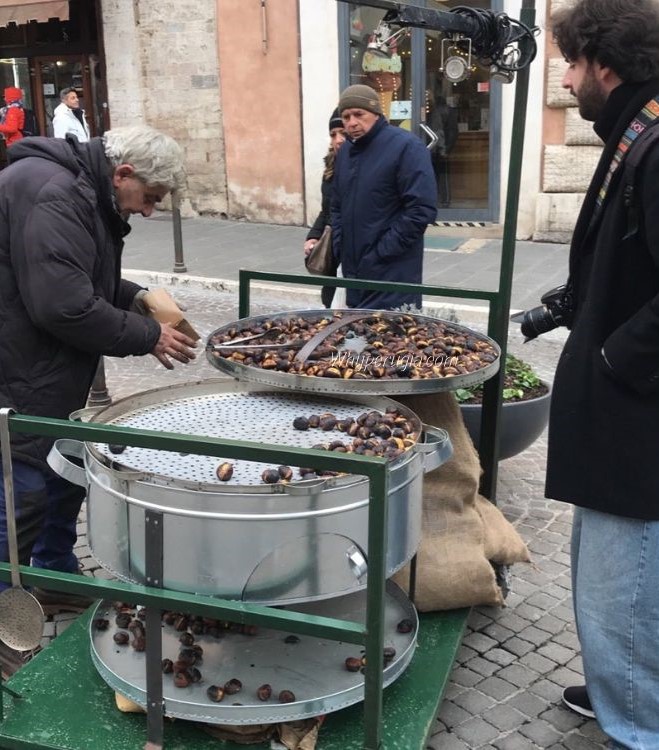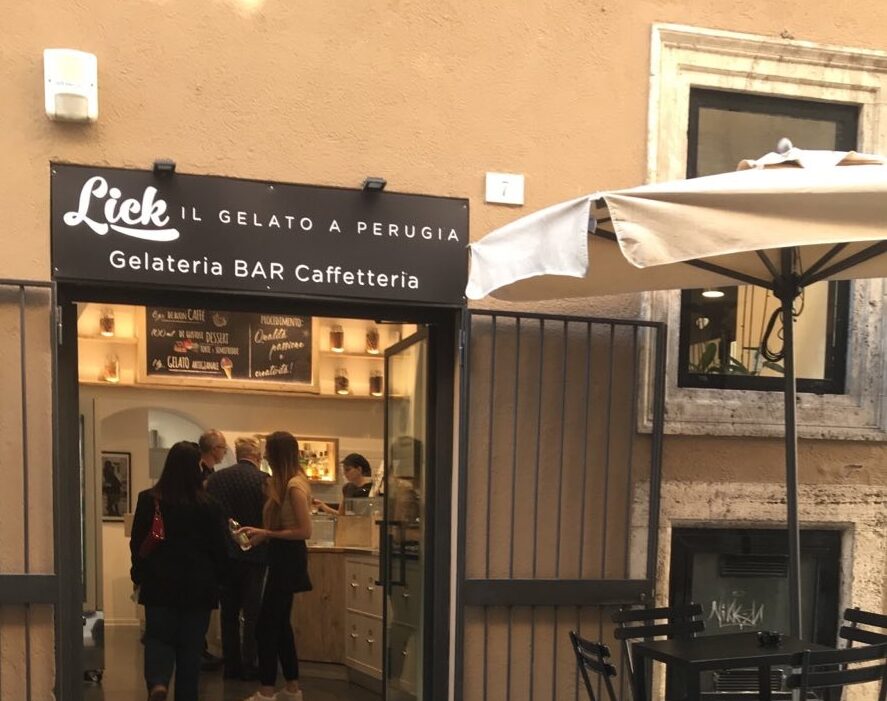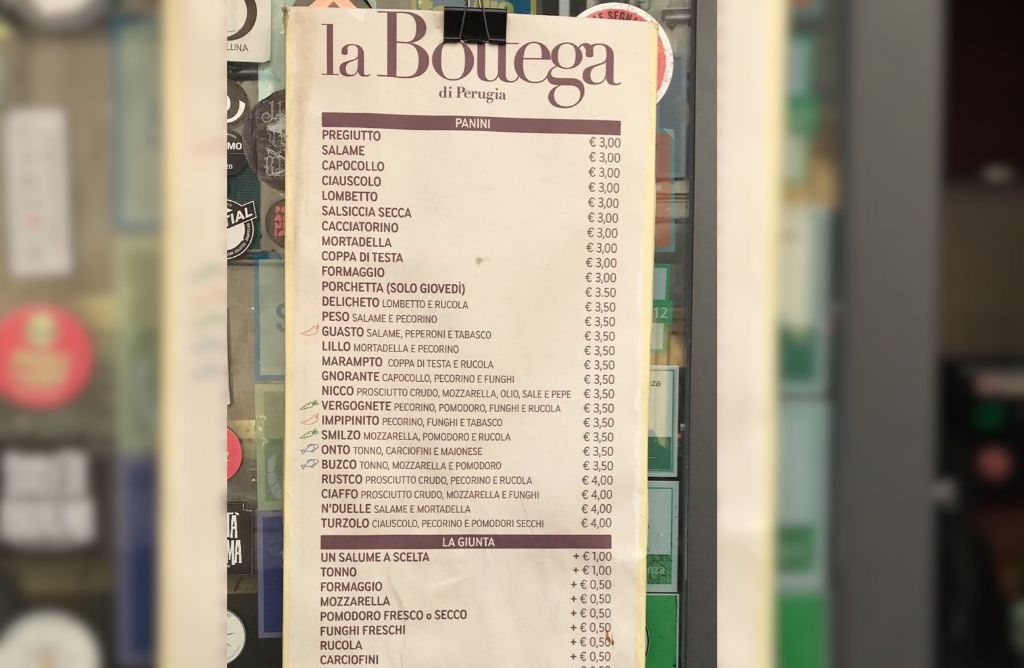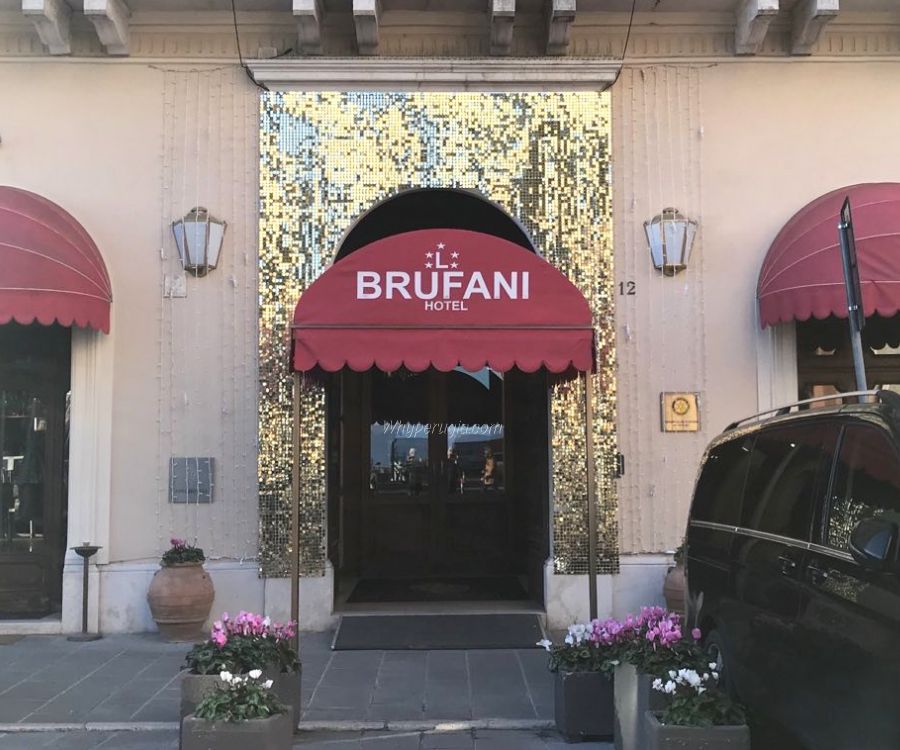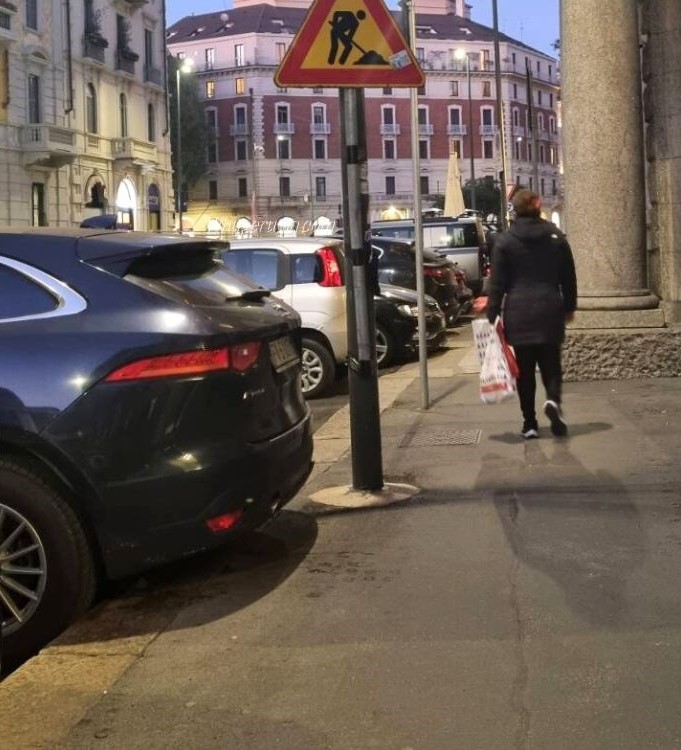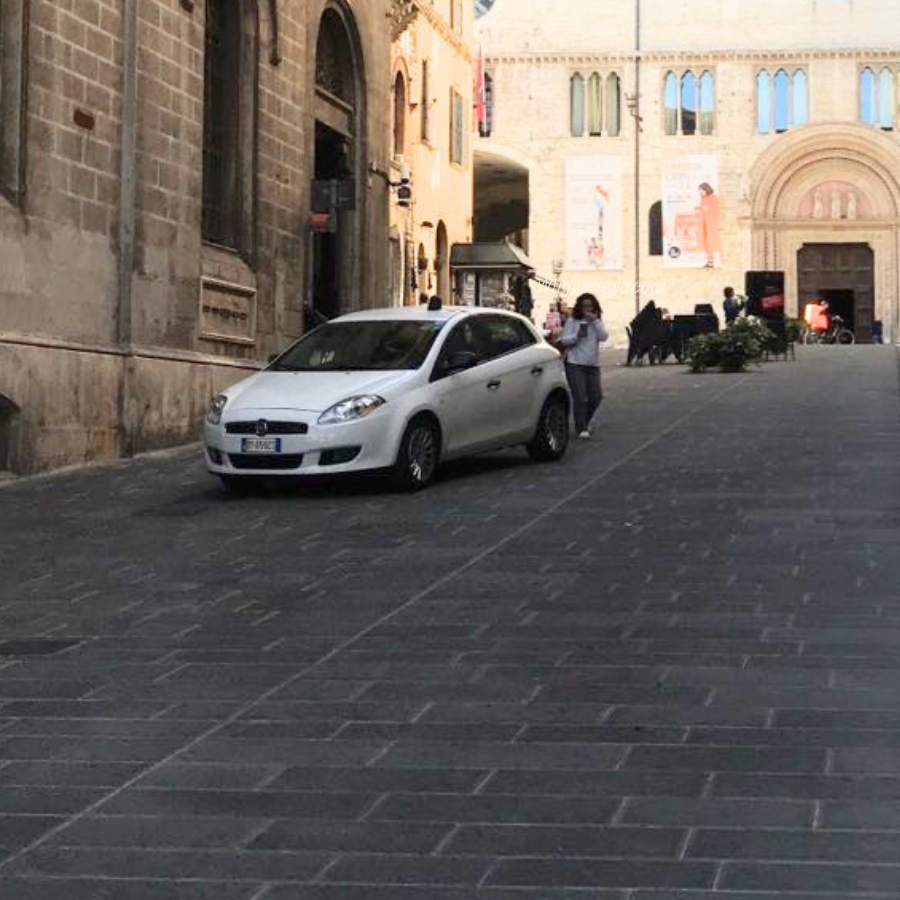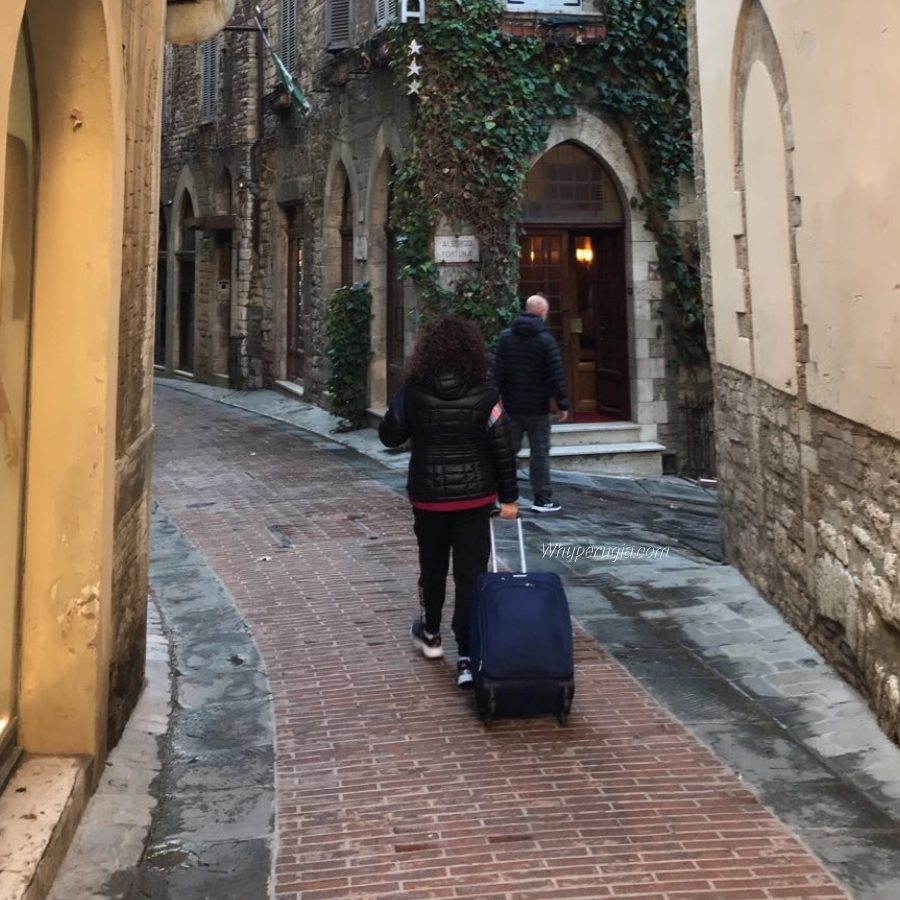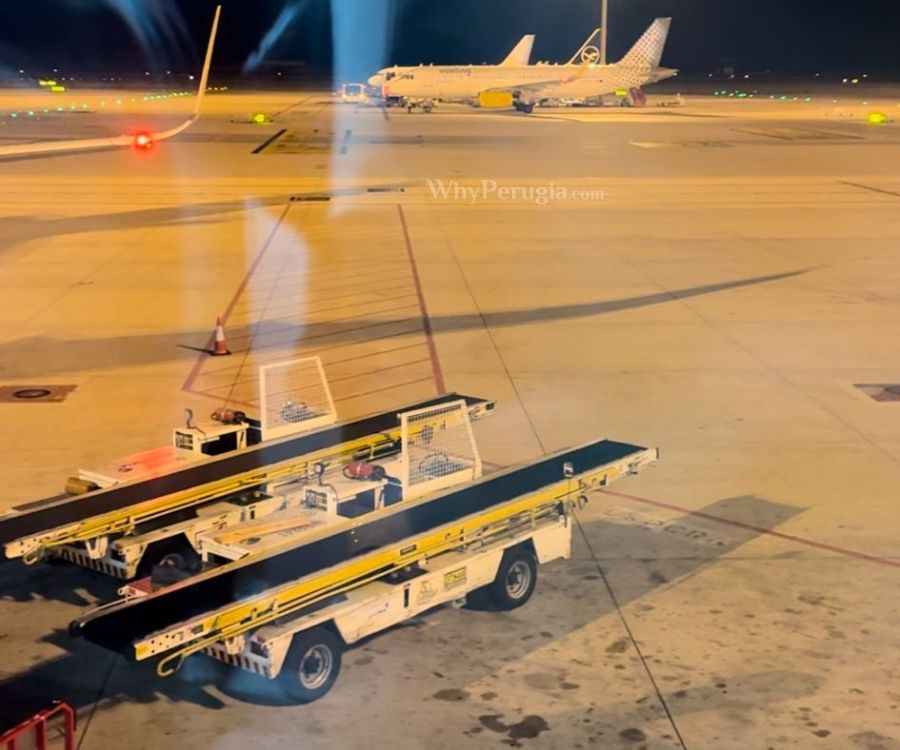Piazza IV Novembre in Perugia is an architectural marvel that encapsulates the essence of the city’s rich history and cultural significance. The square’s architectural style reflects a captivating blend of Roman, medieval, and Renaissance elements, creating a harmonious ensemble that captivates visitors and locals alike.
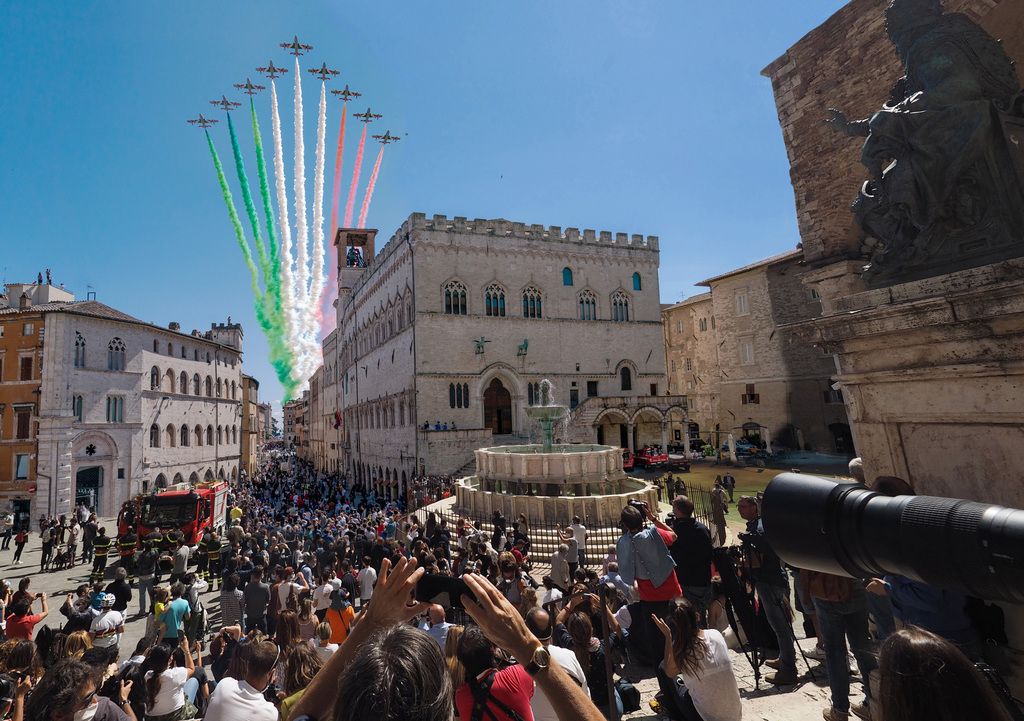
Style of Piazza IV Novembre
The architectural style of Piazza IV Novembre is characterized by its eclectic mix of historical influences, each contributing to the square’s unique ambiance. The square itself is surrounded by a number of landmark medieval buildings, showcasing the enduring legacy of Perugia’s architectural heritage.
The 15th-century Perugia Cathedral, which covers the northern area of the square, boasts an architectural style that reflects the grandeur of the era, featuring intricate details and a striking facade that adds to the square’s captivating allure. The cathedral’s presence adds a timeless elegance to the square, inviting visitors to admire its architectural splendor and immerse themselves in the city’s religious and historical legacy.
Center of Piazza IV Novembre
At the center of Piazza IV Novembre stands the Fontana Maggiore, a monumental 13th-century fountain characterized by its medieval architectural style. Adorned with sculptures and reliefs, the fountain serves as a captivating focal point within the square, showcasing the artistic and architectural prowess of the era.
On one side of the square, the Palazzo dei Priori, an imposing Gothic palace, stands as a symbol of Perugia’s architectural pride. The palace’s architectural style reflects the grandeur of the medieval period, with its impressive facade and historical significance, serving as a testament to the city’s enduring legacy.
The architectural
The architectural ensemble of Piazza IV Novembre is further enhanced by the presence of the Galleria Nazionale dell’Umbria, adjacent to the Palazzo dei Priori. The art gallery’s architectural style showcases a blend of artistic influences, housing a vast collection of Umbrian art from the Middle Ages to the Renaissance, adding a cultural dimension to the square’s architectural tapestry.
In conclusion, the architectural style is a captivating fusion of Roman, medieval, and Renaissance elements, creating a vibrant and historically rich urban space. The square’s architectural ensemble, characterized by its landmark buildings and historical landmarks, serves as a testament to Perugia’s enduring cultural and architectural legacy, inviting visitors to immerse themselves in the city’s architectural splendor and captivating ambiance.
Perugia News at:
Where to do clothes shopping in Perugia, Italy?
Are there popular shopping streets in Perugia besides Corso Vannucci?

